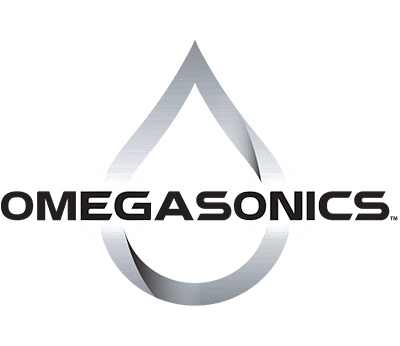In the wake of hurricanes Harvey and Irma, and the wildfires in Napa and Ventura counties, there is a new appreciation among insurance companies for disaster restoration and contents cleaning companies that utilize ultrasonic cleaning technology. Why? Well, not surprisingly, it boils down to money.
The fact is, insurance fi rms have been increasingly seeking out restoration and contents cleaning companies that use ultrasonic cleaning technology because they are their first line of defense against costly “cash outs” and “total losses.” This is truer now thanks to the recent natural disasters’ costly destruction an mounting property insurance claims. Insurance adjusters and agents throughout the affected regions are learning to ask for ultrasonics when dealing with contents damaged by fire, smoke, water and sewage back-up because of the cleaning technology’s effectiveness in terms of time and money saved.
The Old School Way of Contents Cleaning
For years, contents cleaning fi rms used the industry standard for restoring damaged contents — cleaning each piece by hand, one piece at a time. They would typically employ a number of people who were dedicated to slowly and methodically clean box after box of contents by using Q-tips, rags, brushes and picks. It’s a labor-intensive method, and despite the time, effort and money spent, oftentimes intricate items cannot be restored and must be deemed total losses by the insurance companies.
The Innovation of Ultrasonics
Recovering the lives and livelihoods of the millions of people affected by Harvey and Irma and the California wildfires is no small task. Armies of restoration fi rms and insurance companies are now endeavoring to make things right for as many victims as possible. But time and money are inescapable factors these organizations must weigh when setting out to process claims and restore contents. Restoration fi rms that employ ultrasonic cleaning technology are better positioned to work through disaster recovery jobs more efficiently – particularly because of the proven assembly-line cleaning process which streamlines the cleaning and drying of contents to achieve dramatic productivity gains and profit-ability. With the spike in work restoration firms are experiencing, being able to clean and return jobs quickly is a business necessity. And clients affected appreciate the quicker turn around.
In an assembly line environment, contents are unpacked, put into baskets and placed into a pre-wash which creates a high-volume agitation action that gently removes heavy areas of contamination. After a few minutes, the baskets are moved to an ultrasonic wash for precision cleaning to remove the last remnants of corrosion and debris – even on delicate, intricate sur-faces. The baskets are then placed into a rinse station to remove soap residue with free-flowing rinse water and are then fed into a tunnel dryer. The tunnel dryer uses continuous, down-draft, re-circulating hot air to thoroughly dry contents in just a matter of minutes. Contents are then ready for immediate repacking.
Even high value, sensitive electronic items that cannot be saturated in fluid can be cleaned ultrasonically. Electronic cleaning stations exist that use a small volume of de-ionized water, soap and pressurized air to safely remove surface debris from the deli-cate contents. The electronics are then placed into an electronic drying chamber to complete the restoration process.
Reaping Ultrasonic Benefits in Contents Cleaning and Insurance Claims
What does all this mean? For restoration and contents cleaning companies, ultrasonic cleaning technology can mean:
- Increased processing speeds so clients’ personal property can be returned quicker making the claim adjustment more favorable
- Elimination of up to 70% of contents cleaning by hand which doesn’t clean as effectively
- Dramatic increase in process efficiency
- Better contents cleaning results
- A way to stand out from the competition
Kevin Loner, CEO at 1-800 PackOuts, USA, a national con-tents restoration company, stated, “Since we began using ultra-sonic cleaning machines, we now can recover more items than we could in the past due to the thoroughness of the cleaning process. Therefore, we are throwing away fewer items and our clients, in turn, are more satisfied with our performance.”
For insurance companies, it means a decreased amount of “cash-out” items which, given the amount of claims they will need to process and settle in the wake of the recent hurricanes and fires, is a very attractive contents cleaning capability from a dollars and cents standpoint.
In the weeks and month to come, as the regions impacted by these natural disasters steadily recover, restoration firms and insurance companies will be looking for ways to support house-holds and businesses in the most time-efficient and cost-effective ways possible. Ultrasonic cleaning technology is a proven asset for these firms, and one that will be increasingly sought after as more and more boxes of content are cleaned, and more and more insurance claims are settled.
